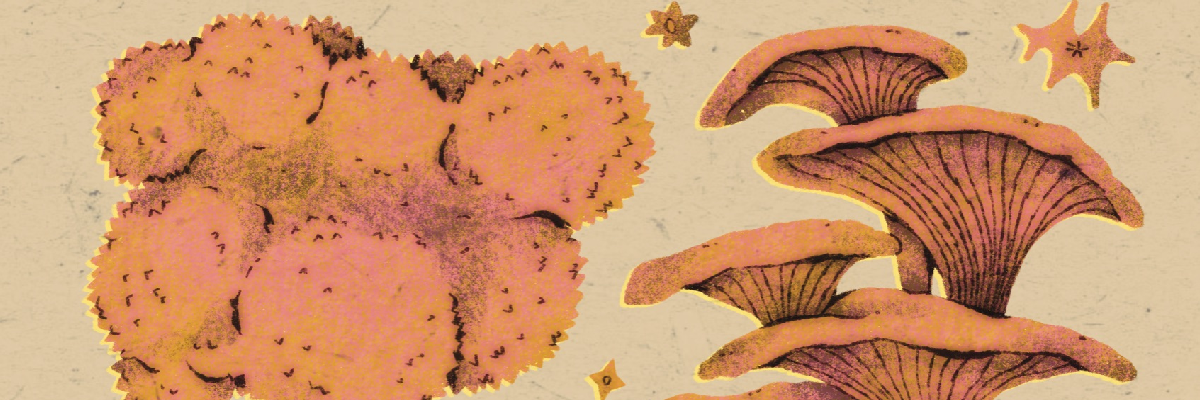Mycology is the study of fungi, which are an incredibly diverse group of organisms that play important roles in ecosystems and human society. As a mycology lover, I'm happy to provide a glossary of some of the most common terms and concepts in the field.
Substrate
The substance on which fungi grow. Substrates can be living or non-living, and can include wood, soil, dung, and decaying organic matter.
Mycelium
The mass of hyphae that make up the body of a fungus. Mycelium can be small and localized, or can grow to cover large areas.
Spores
Reproductive cells produced by fungi. Spores can be dispersed by wind, water, or animals, and can germinate under favorable conditions to form new fungal colonies.
Mushroom
The visible fruiting body of a fungus. Mushrooms can be found above or below ground and can vary greatly in size, shape, and color.
Culture
A collection of living fungal cells that have been grown on a nutrient medium in a laboratory setting. Cultures can be used for research, identification, and cultivation of mushrooms.
Sterilise
The process of killing all living organisms on a surface or in a substance. Sterilisation is important in mycology for preventing contamination of cultures and substrates.
Pasteurise
The process of heating a substance to a specific temperature and holding it there for a set amount of time to kill certain microorganisms. Pasteurization is commonly used in mycology for preparing substrates for mushroom cultivation.
Spawn
Fungal mycelium that has been transferred to a new substrate to start a new colony. Spawn can be used to inoculate substrates for mushroom cultivation.
SMS/ Spent Mushroom Substrate
This term relates to the growing media used in mushroom production once this media has been drained of all its nutrients / water.
This can be used as spawn for growing in mulch beds, because it is spent it is ideal for gardening as it is less attractive to rodents.
Fruiting body
The part of a fungus that produces spores for reproduction. Fruiting bodies can take many forms, including mushrooms, puffballs, and bracket fungi.
Mycorrhizae
A mutualistic association between fungi and the roots of plants. Mycorrhizal fungi help plants absorb nutrients from the soil, while the plants provide the fungi with carbohydrates.
Hyphae
Thin, thread-like structures that make up the body of a fungus. Hyphae grow by extending at their tips and branching out, forming a network of filaments that can penetrate substrates and absorb nutrients.
Lichen
A symbiotic relationship between a fungus and a photosynthetic partner, usually an algae or a cyanobacterium. Lichens can grow in a variety of habitats and are important indicators of air quality and ecosystem health.
These are just a few of the many terms and concepts in mycology, but understanding them is essential for anyone interested in fungi and their role in the world around us.

